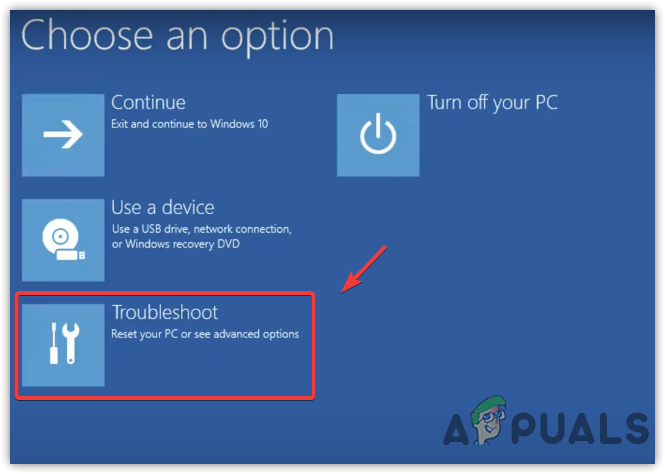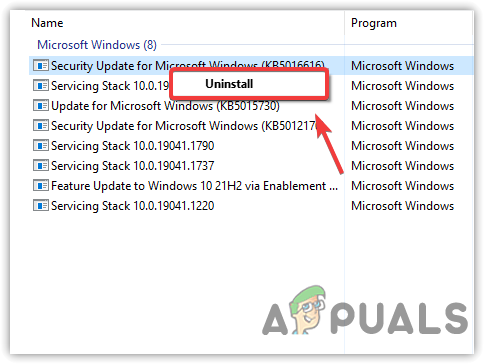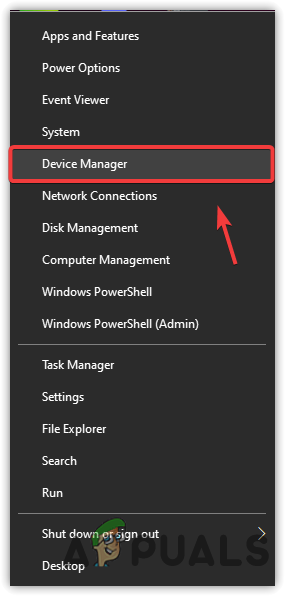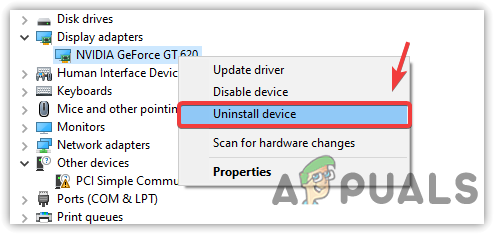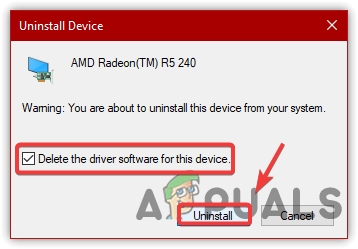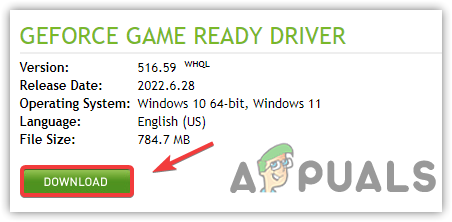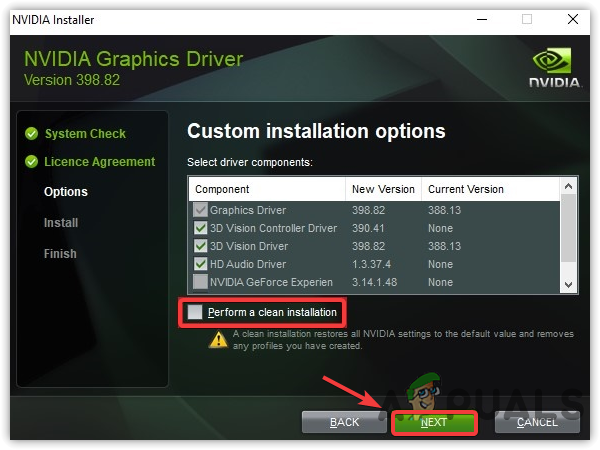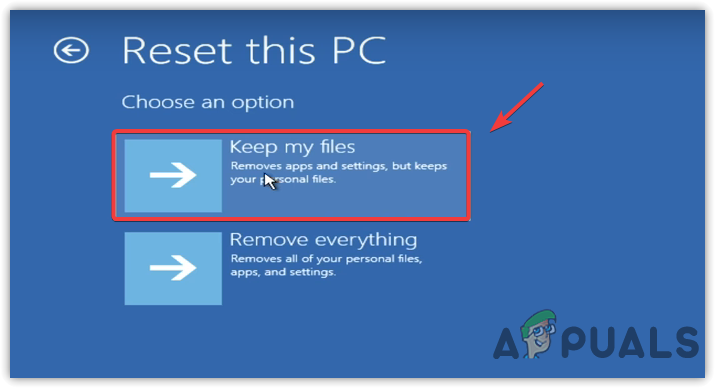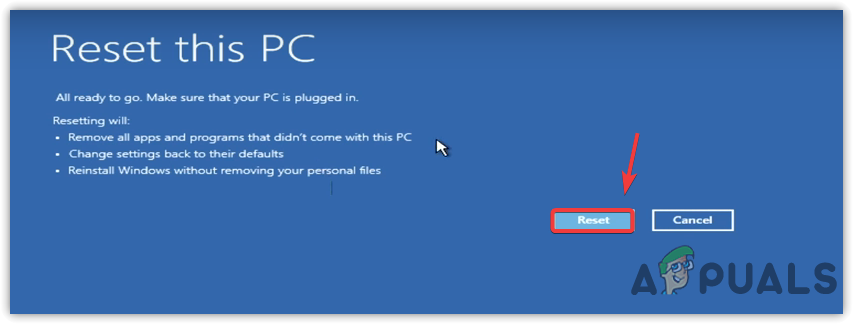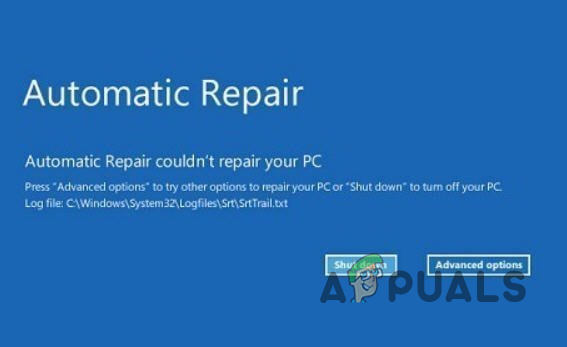When a Windows Update is failed the startup repair tries to repair the boot settings and revert the changes made to your Windows, when it fails it is stuck on the “Preparing Automatic Repair” Screen. However, this error also occurs when Windows fails to boot, and the startup repair tries to fix the issue. This usually results in a loop that makes your Windows unusable as it will not boot.
Basic Troubleshooting
Before changing any settings or trying to resolve the issue, you should wait on this repair screen for at least 2 hours to ensure that the automatic repair is working properly. If it is still stuck on this screen after waiting, try power-cycling your computer, press and hold the power button on it for at least 10 seconds when the computer shuts down completely, and unplug the power cord from socket. Wait for 20 Seconds, then re-plug the power cord and start your computer.
1. Perform a System Restore
If your Windows is stuck at Preparing Automatic Restore, it means that it is trying to restore corrupted Windows Settings/Files and it’s failing to do so. So, we can try to perform a system restore manually. Unfortunately, this method only works if you have created a restore point previously when your Windows was working fine. It’s still worth it to check the System Restore GUI though. Follow these steps.
2. Boot into Safe Mode
It is possible that this error is occurring due to corrupted Windows updates or drivers. To fix this, first, you need to boot into safe mode to uninstall Windows updates and drivers to check if these are the culprit causing this issue. Safe Mode is a feature that allows the users to boot without unnecessary services, peripherals and GPU drivers. When you successfully boot into safe mode, one thing will confirm that it is not a hardware issue. You might just need to uninstall the updates and drivers to fix this issue.
2.1 Uninstall Windows Updates
2.2 Uninstall Drivers
2.3 Install Drivers
3. Reset Your Computer
If the issue is not fixed yet, another simple solution is to reset your computer. Resetting the computer will uninstall all the drivers and applications along with resetting the settings applied on your computer. Therefore, resetting the computer will be a good option if the issue occurs due to corrupted files and drivers. Below are the instructions: If you received the “Automatic Repair couldn’t repair your PC” error, you are able to reset your computer. Otherwise, just wait till the automatic repair fails
4. Check your hardware
The issue might not be software related but related to your computer’s hardware instead. You will have to check if your Hard drive or SSD is working correctly because this issue occurs when your Windows fails to boot from your disk. Here are the steps you can follow to check if your Hard Drive/SSD is failing or not.
5. Perform a Startup Repair (if applicable)
As the automatic Windows repair isn’t working properly, we will use the Manual startup repair option from Advanced Boot Settings to try and resolve this issue. Because if the Startup Repair fixes this issue, you won’t see the “Preparing Automatic Screen.” However, this option is only for users who can get to the blue “Automatic Repair couldn’t repair your PC” screen. It should look like this:- Once you are on this screen, follow these steps:-
6. Performing Command Prompt Fixes (if applicable)
If the Startup Repair doesn’t fix your issue, you will have to repair the registry files manually to revert the settings to their defaults; this has to be done using the same Advanced Options settings we mentioned above.
7. Repairing Corrupted Data
In some cases, the issue might be related to data corruption on the hard disk. Therefore, it is recommended that you disconnect the SATA cable connecting the hard disk to your computer and remove the hard disk completely. After that, connect it to another computer and try to boot up from it, at bootup, it might give you an option to repair the HDD, if it does, select that option and check if the issue persists. Furthermore, select the normal boot drive on this new computer and try running an SFC and health scan with the HDD connected. Note: Furthermore, you can try to downgrade your Windows.
8. Enable XD-bit (No-Execute Memory Protect) in your BIOS
It seems that until or unless XD-bit (better known as No-execute memory protect), a feature available in every computer’s BIOS settings, is turned on, a Windows 10 user remains prone to suffering from a “Preparing automatic repair” screen loop. XD-bit is disabled by default, and the following are the steps you need to go through to enable it:
9. Reinstall Windows 10
If none of the solutions listed above worked for you, there is a pretty good chance that the problem is localized to your specific installation of Windows 10. If that is the case, simply reinstalling Windows 10 should be able to fix the problem. If you are a bit foggy about the steps involved in performing a clean install of Windows 10, follow this guide.
Fix Windows Update Error 0XC19001E2 in Windows 10 (Fix)FIX: Windows Defender Error The service couldn’t be started Error code:…How to Fix ‘System 53 Error has Occured’ Error on Windows?[FIX] ‘An Error Occured while Trying To Copy a File’ Filmora Installation Error…

